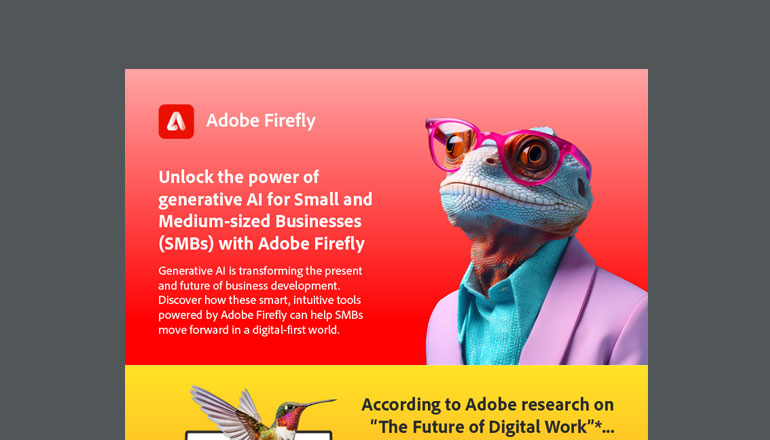Article To Optimise Your IT Supply Chain, Focus on Software
Maximise your resources. With end-to-end solutions for your entire software lifecycle, we’ll help you align your investments properly with your business goals.
By / 17 Jun 2020 / Topics: Software

Today’s IT department is tasked with much more than supporting the business — its position is to lead the business into the future. Unfortunately, resource allocation doesn’t always back this new role.
Often it can seem that no matter how crucial a technology may be for your organisation, it’s impossible to find the budget for it. Managing business today uses up so much resource that there’s frequently little left to fund growth and innovation. But there is a solution.
The key to solving this dilemma is using the resources you have more efficiently through Supply Chain Optimisation. Doing so drives time and money out of your IT supply chain, freeing you up to focus on the future of the business.
How to optimise right now
You can start your optimisation efforts in many potential areas: procurement, deployment, asset management and others. One common source of inefficiency is the software environment.
Ineffective software asset management often leads to wasted licenses and expensive publisher audits. Depending on your organisation’s current state, it may be a long, arduous process to take full control of your software assets. However, there are three simple ways to begin and see quick results.
1. Embrace cloud applications
Cloud technology has fundamentally changed the world and the way businesses operate, so it should come as no surprise that it can help optimise your IT supply chain. Cloud-based technology allows organisations to seamlessly integrate applications and tailor solutions to their unique needs.
In addition, the market has shifted from a perpetual licensing model that required large, upfront investments to one that’s consumption-based. This Software as a Service (SaaS) approach allows companies to buy individual rights rather than the whole application. SaaS offers a variety of business benefits, including making applications far more cost-effective.
2. Measure what’s really being used
When you want to streamline your processes, a crucial first step is assessing the current state of your supply chain. You have to get an idea of what’s actually being used. This is especially important for software assets.
Traditionally, businesses tend to over-procure and overprovision licenses for solutions with an expansive list of features that go unused by the majority of the workforce. And, despite the advantages of the SaaS model, it can add complexity to the licensing environment — and its management.
An accurate understanding of your software usage can help you not only stay in compliance with SaaS contracts, but also make more informed purchasing decisions. Discovery tools and license reconciliation services can help IT leaders monitor the current state of the business and provision only what resources will actually be used. This creates an instant opportunity to cut costs and re-invest those funds in other areas of the business.
3. Bring in outside expertise
Sourcing external help can lead to invaluable advice on how to manage your software assets, and your IT supply chain as a whole, more effectively. A managed service provider will leverage its expertise to suggest how you can cut time and costs right now.
To start, a partner can help measure your software usage today and estimate your expected consumption and, in the long run, build a solution that’s right for your organisation’s current and future needs.
The service provider can deliver services such as audit defence and license consulting, as well as end-to-end IT asset management. It can also recommend best practices and tools for your software and hardware procurement and management.
Maximise your resources. With end-to-end solutions for your entire software lifecycle, we’ll help you align your investments properly with your business goals.





